So, just how are lab grown diamonds made?
We’ll explain the process, from start to finish. Read from top to bottom to understand why lab diamonds are gaining in popularity over natural diamonds in engagement rings!
What exactly are lab diamonds?
Lab grown diamonds, sometimes called synthetic diamonds, are a sustainable, affordable, and ethically sourced alternative to natural diamonds. They’re a popular stone for building your dream engagement ring, necklace, bracelet, or other piece of jewelry.
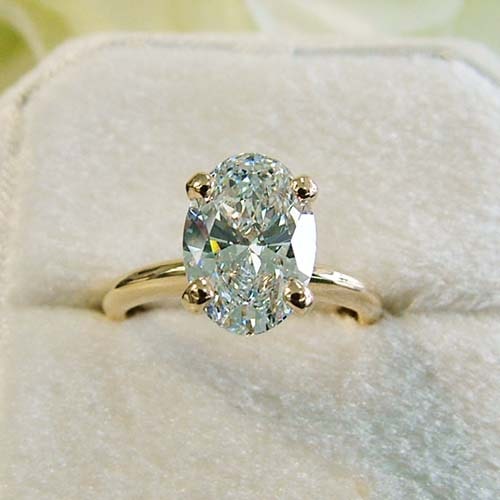
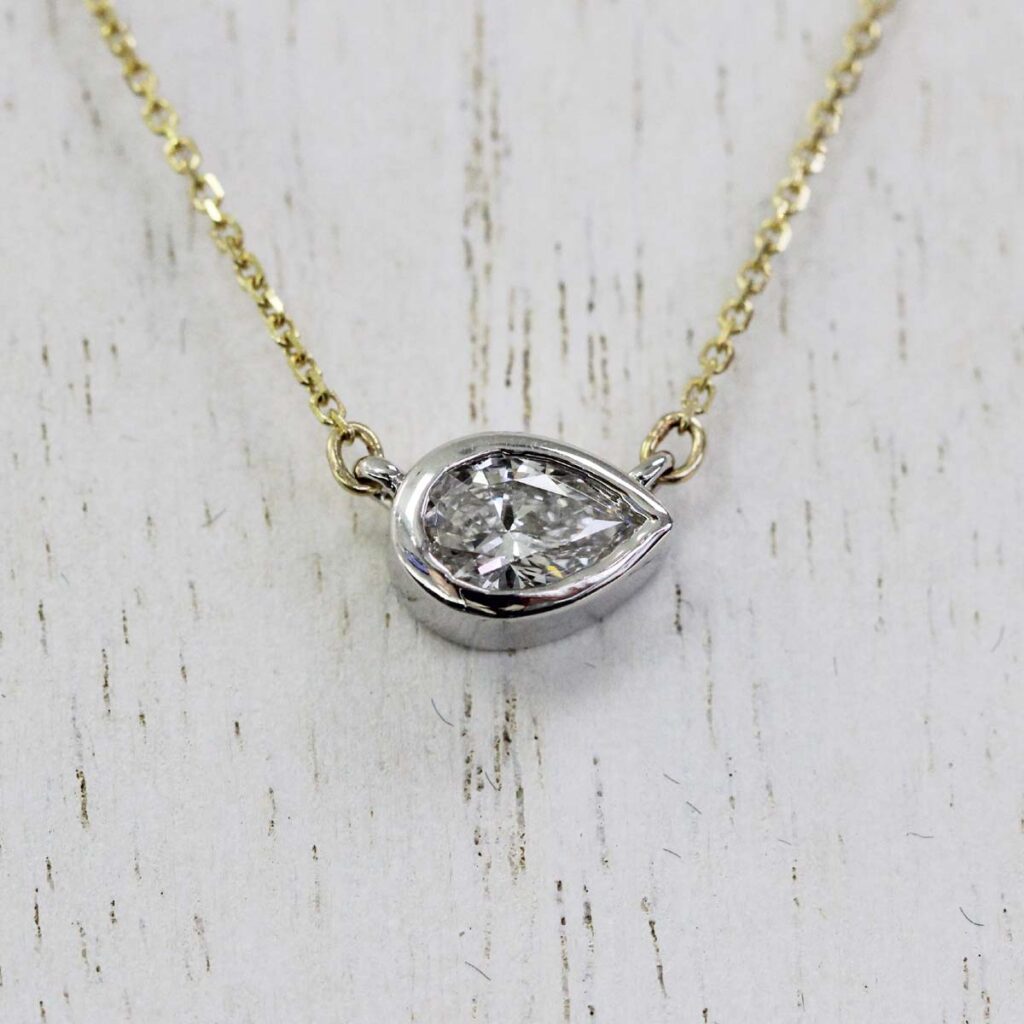
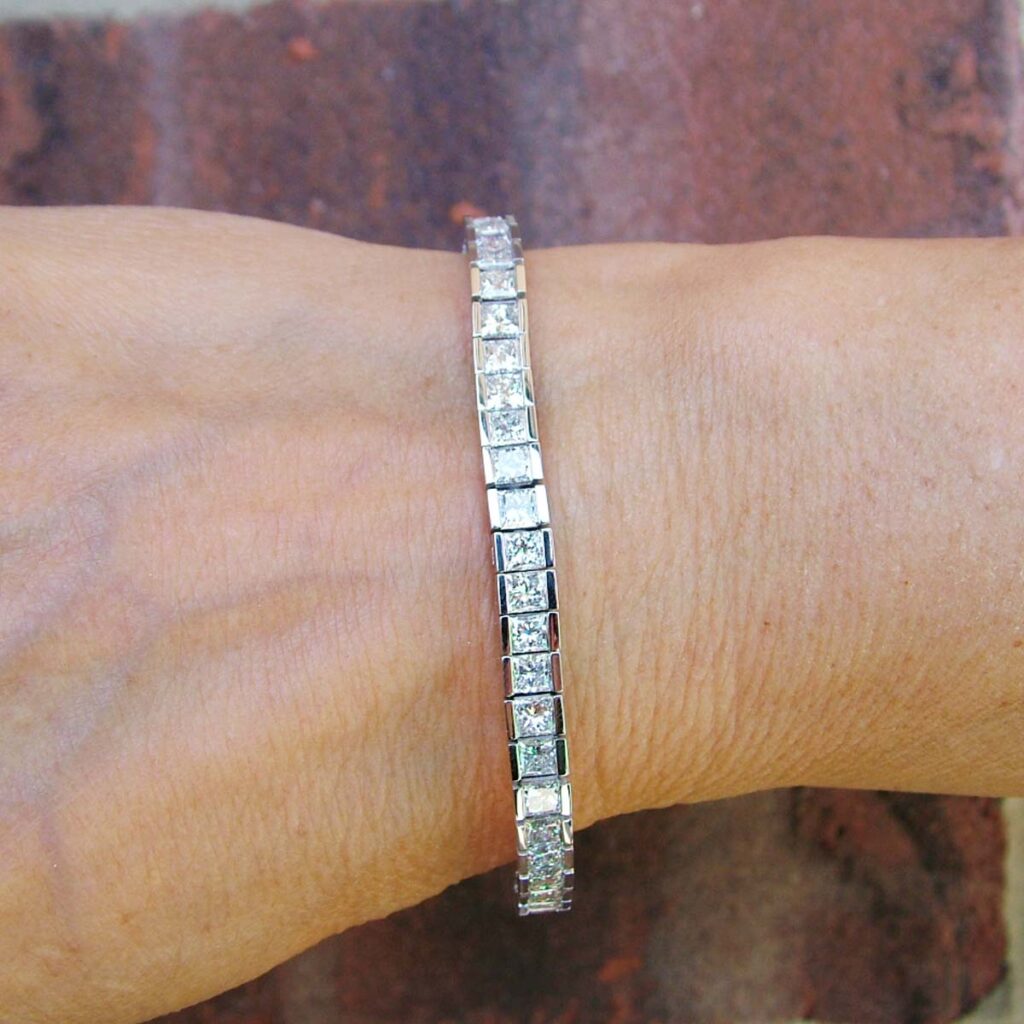
But are they “real diamonds?”
According to the Federal Trade Commission, synthetic diamonds are exactly the same as natural diamonds mined from the earth. They have the same chemical and optical properties as their natural diamond counterparts.
Lab diamonds also follow the 4Cs – cut, color, clarity and carat. But the biggest difference between a lab and a mined diamond isn’t the growth process—it’s in the price! High-quality diamonds grown in a lab with cutting-edge technology are generally 70-80% less than their mined natural diamond counterparts!
Lab-Grown Diamonds: How Jewelers Make Them
Jewelers generall produce Lab grown diamonds with two methods: chemical vapor deposition (CVD) or extreme pressure, high-temperature (HPHT) methods. Let’s explore both.
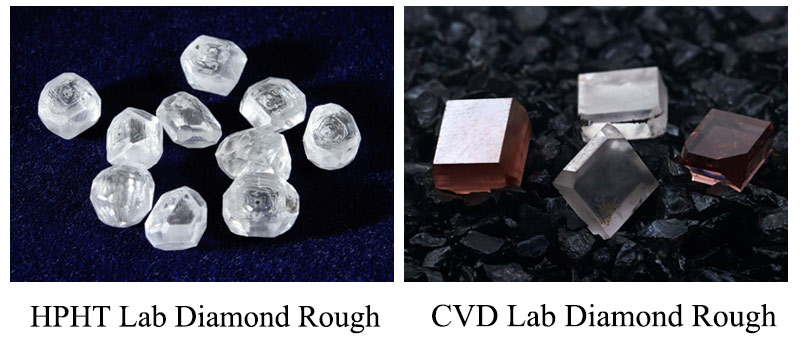
What is Chemical Vapor Deposition
Jewelers use CVD (Chemical Vapor Deposition) to grow diamonds with microwave plasma technology and generally makes the highest-quality, grown diamond. Its properties are equal to diamonds mined from the earth. Jewelers formulate these diamonds in a highly-controlled environment, using advanced technical processes that mimic the natural method of diamonds found in the earth.
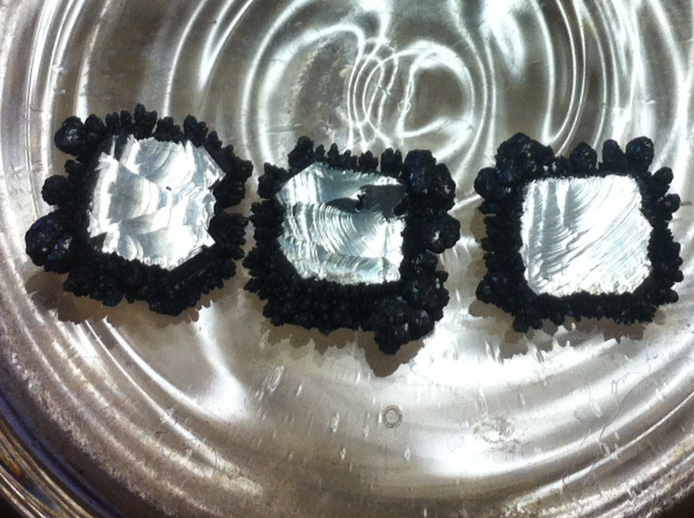
The CVD Process
In the CVD grown diamond process, jewelers heat a small slice of pure diamond seed is to around 800°C in a sealed container. Then, they fill it with other carbon-rich gases, such as methane. Microwaves, lasers and other devices are then used to ionize the gasses and create plasma. The breakdown of the gasses by ionization allows the carbon to merge with the diamond seed. This grows the diamond layer by layer.
Fun fact the CVD process is very similar to how interstellar gas clouds produce diamonds. Super cool, huh! This procedure was developed in the 1980s and is widely viewed as the less expensive way to make lab diamonds. It also uses less energy than the HPHT method.
What is the High Pressure High Temperature Method (HPHT) Process?
The high-pressure, high-temperature (HPHT) diamond production process was first developed for industrial use in the 1950s. Different industries used it to make drill bits and tooling.
While most commonly used for creating new lab grown diamonds, jewelers sometimes also treat mined diamonds using the HPHT procedure. This improves their clarity and color.
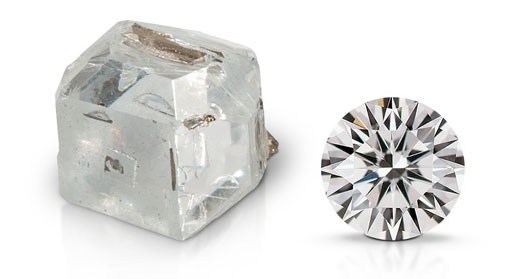
The HPHT method was created to copy the temperature and pressures of the earth’s interior. That’s where natural diamond crystals develop over billions of years! But instead of the roughly 1-3 billion years it takes for mined diamonds to form, the HPHT technique takes just a few weeks.
The HPHT Process
First, in the HPHT process, jewelers place a pure, solid carbon source (usually a diamond seed) into a growth chamber. Then, it’s subjected to both high pressure and high temperature for several days. Then, as the carbon melts, a diamond forms around the seed until a full-sized gem develops.
Jewelers sometimes use HPHT to improve the color of both mined or lab-grown diamonds created under the CVD process.
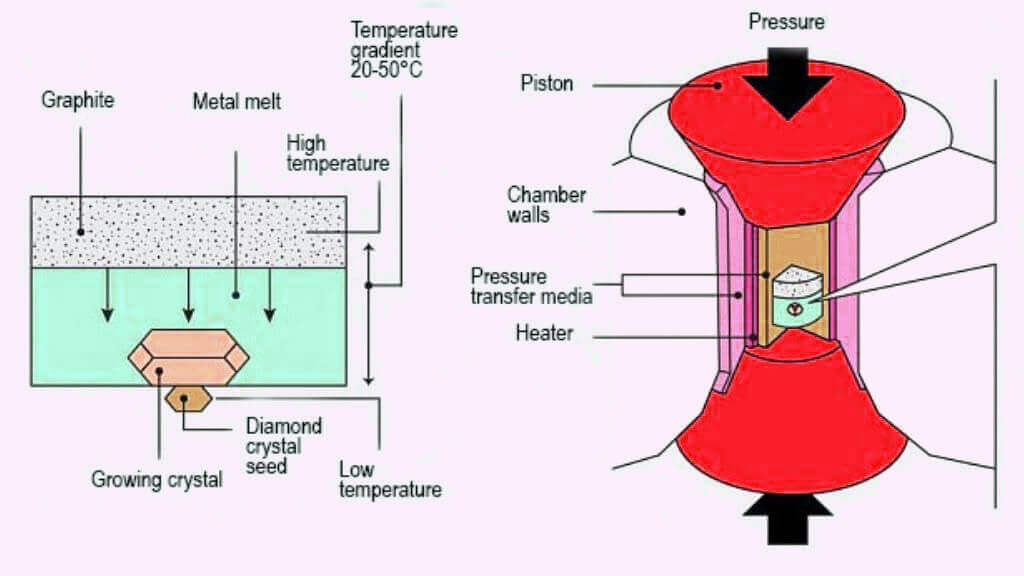
Can A Jeweler Tell The Difference Between A Lab Diamond And A Mined Diamond?
Not without special equipment that can tell with about 80% accuracy! It’s impossible for a jeweler to tell the difference between a lab and mined diamond by just looking at it.
After growth, lab grown diamonds will pass all of the traditional gemological tests for diamonds, such hardness, refractive index and thermal conductivity. These tests identify diamonds based on their unique properties.
These include the ability to scratch most any other material (hardness) and their capacity to conduct heat.
Lab Diamond Certification
Every lab diamond of a certain size (usually .40ct and up) should be graded by a reputable, independent diamond grading lab.
For instance, that might be the Gem Certification and Assurance Lab (GCAL), Gemological Institute of America (GIA) or the International Gemological Institute (IGI).
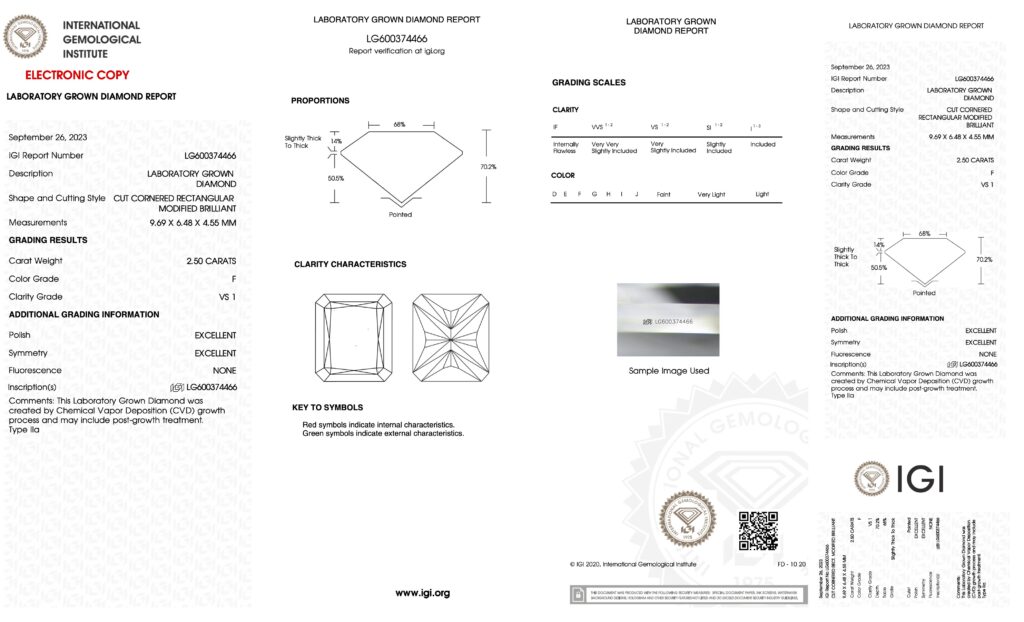
These labs are highly respected in the jewelry industry, and are known for their consistency and unbiased diamond grading systems. With this certification, a lab diamond customer can be assured that their gemstone will is authentic. It will display the same physical, chemical, and optical characteristics as mined diamonds.
Why Chose A Grown Diamond?
The most common reason people are choosing lab diamonds over mined is simple. They get so much more diamond for their money!
Plus, they can feel confident that a lab diamond is conflict free and sustainably sourced. In fact, lab diamonds produced from reputable labs (like the ones we use at Scott’s) adhere to strict eco-friendly guidelines. They utilize solar power, and pay fair wages to their workers.
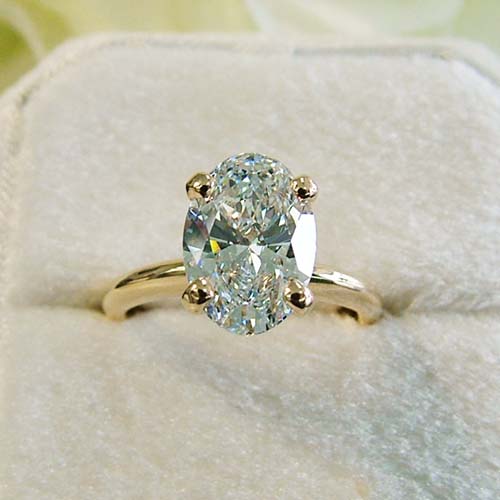
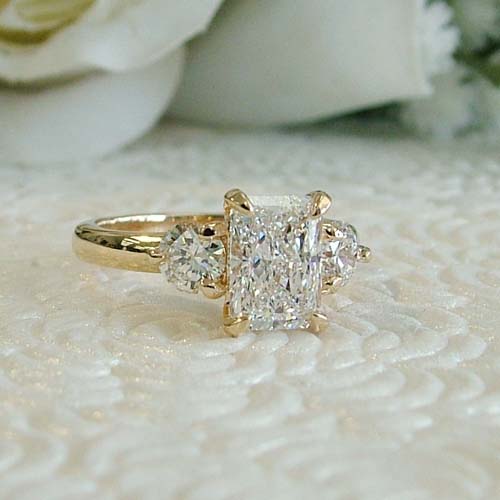
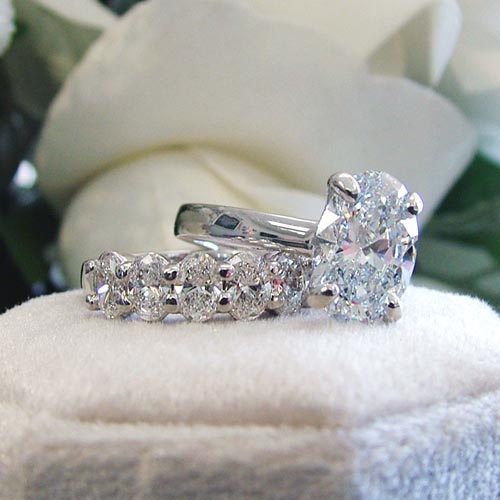
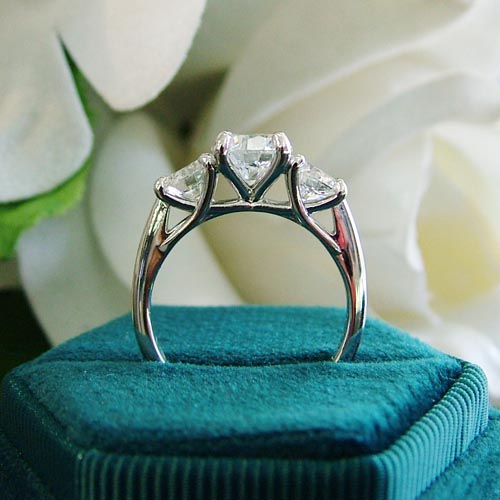
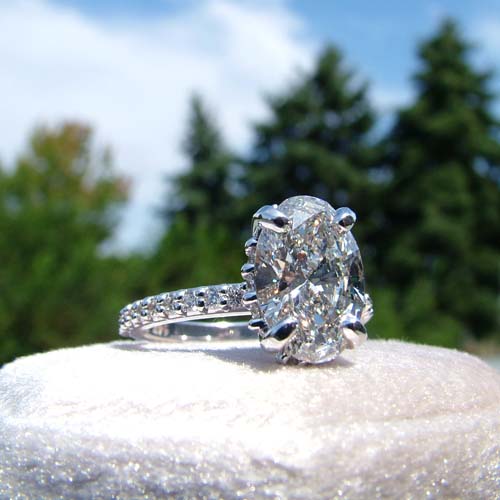
At the same time, these diamonds are also cost-effective. It’s a win/win for everyone!
How Are Lab Grown Diamonds Made: FAQs
What is the process for making lab grown diamonds?
Jewelers use two main methods to grow lab-grown diamonds: High Pressure, High Temperature (HPHT) or Chemical Vapor Deposition (CVD). Both processes replicate natural diamond formation by creating ideal conditions for carbon to crystallize into a diamond.
What is the HPHT process for growing diamonds?
The HPHT method uses intense heat and pressure to mimic natural conditions deep within the Earth. First, jewelers place a diamond seed in carbon. Then, as temperatures and pressures rise, the carbon forms into a diamond crystal.
How does the CVD method grow diamonds?
In the CVD process, carbon-rich gases are heated in a chamber with a diamond seed. Over time, the gases break down, allowing carbon atoms to bond layer by layer, forming a diamond over time.
How long does it take to grow a lab-grown diamond?
It typically takes between a few weeks to a month to grow a lab-grown diamond. It depends on the size and quality being cultivated.
Can you tell the difference between lab-grown and natural diamonds?
Without specialized equipment, lab-grown and natural diamonds are visually indistinguishable. However, experts can detect the subtle growth patterns unique to lab-grown diamonds.
Ready To Meet the Lab Grown Diamond of Your Dreams?
Book a one-on-one design consultation and let us help you create a custom piece as unique as your love story. Our expert designers will guide you through every step, from selecting your perfect lab-grown diamond to crafting a stunning, one-of-a-kind engagement ring or jewelry piece.
Call us at 614-336-4111 or schedule your appointment online to get started on your custom design!